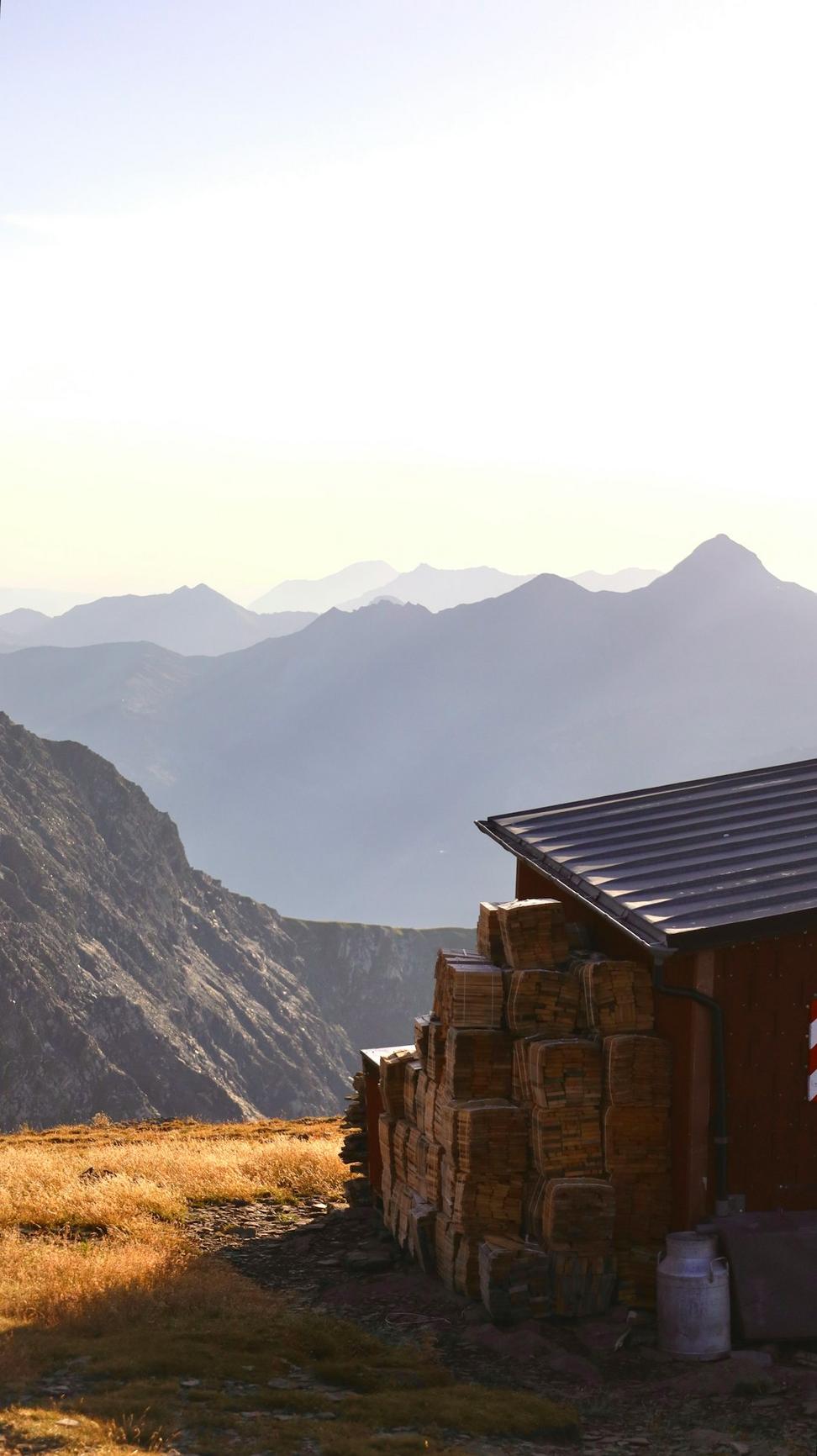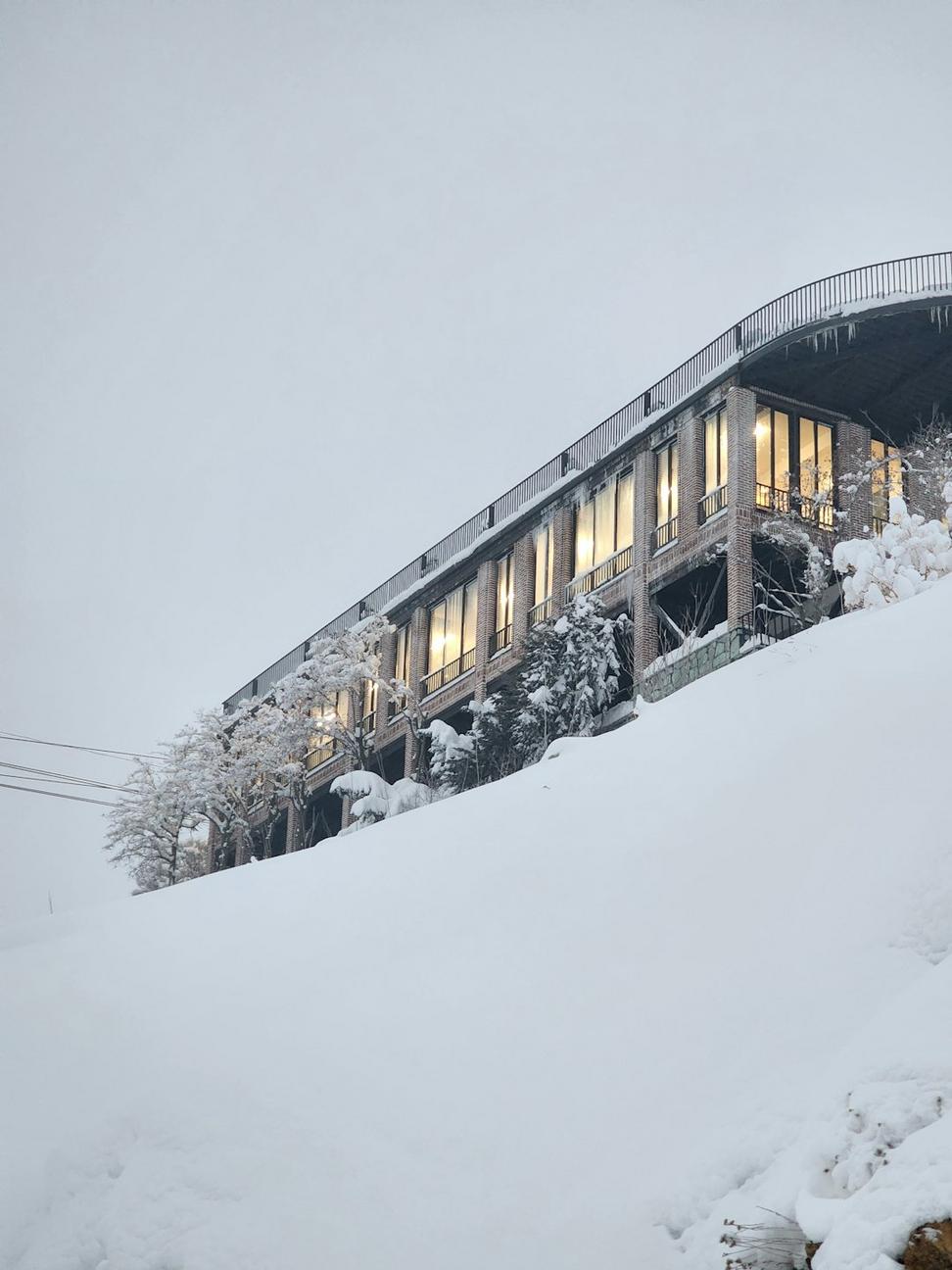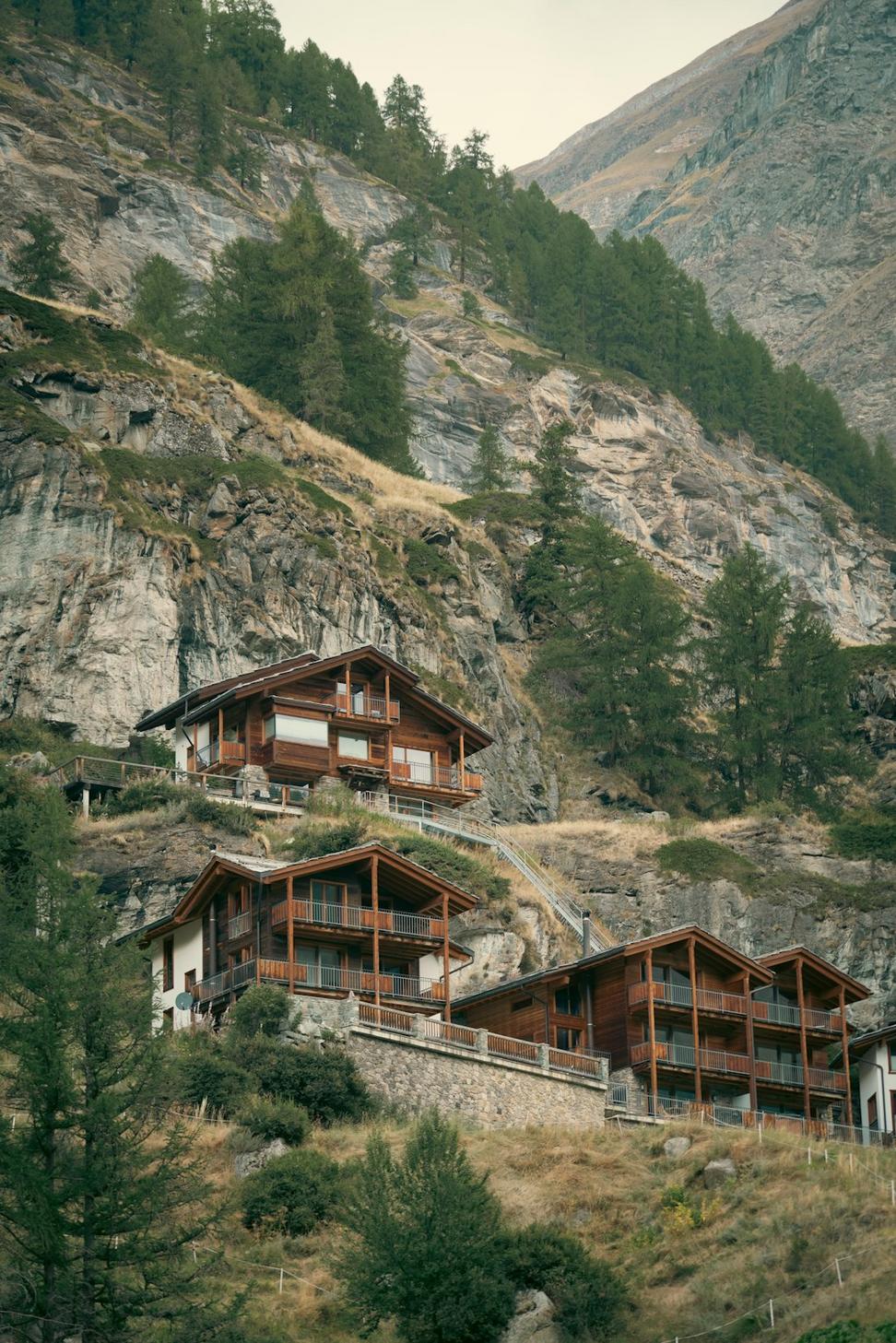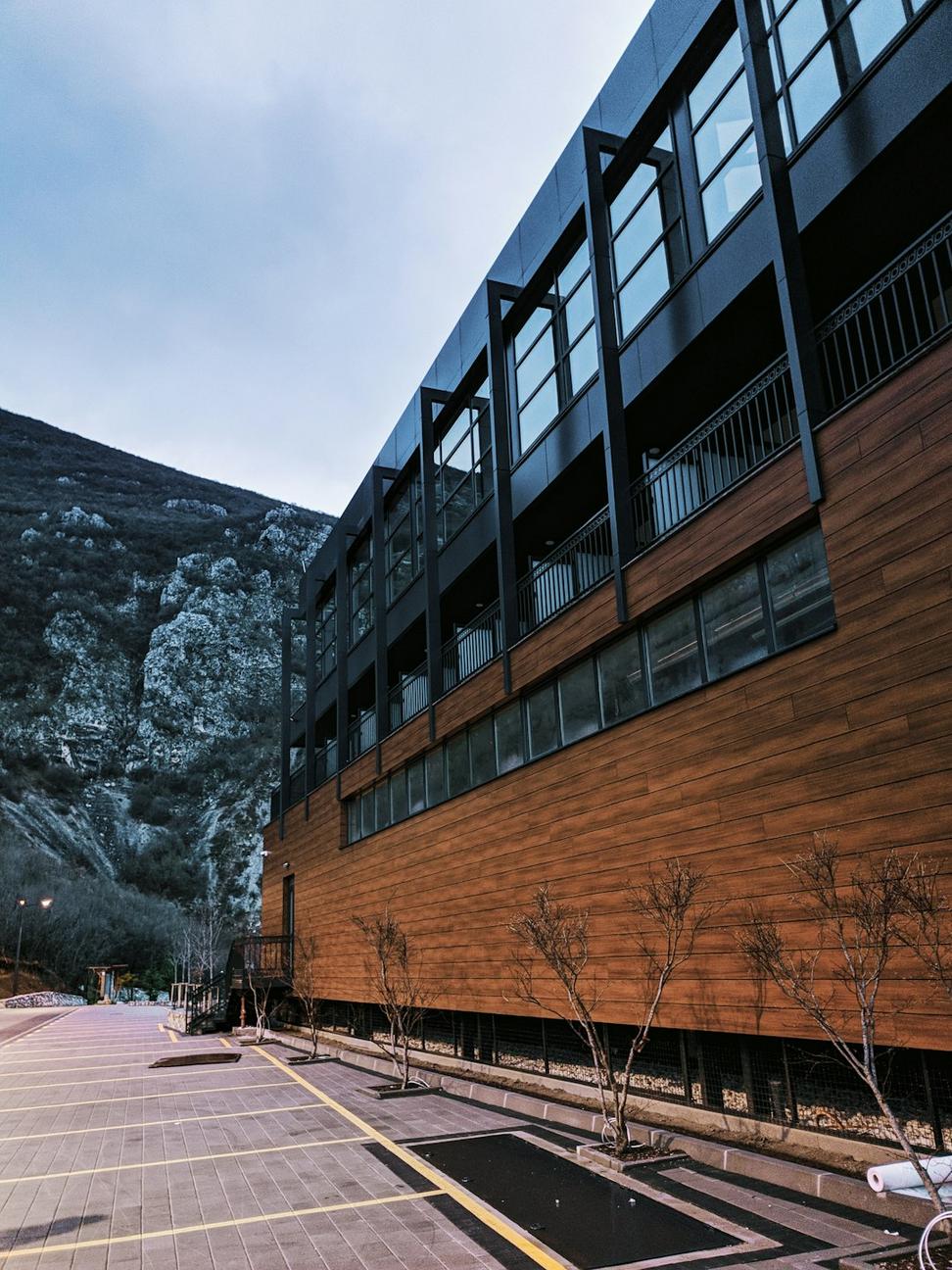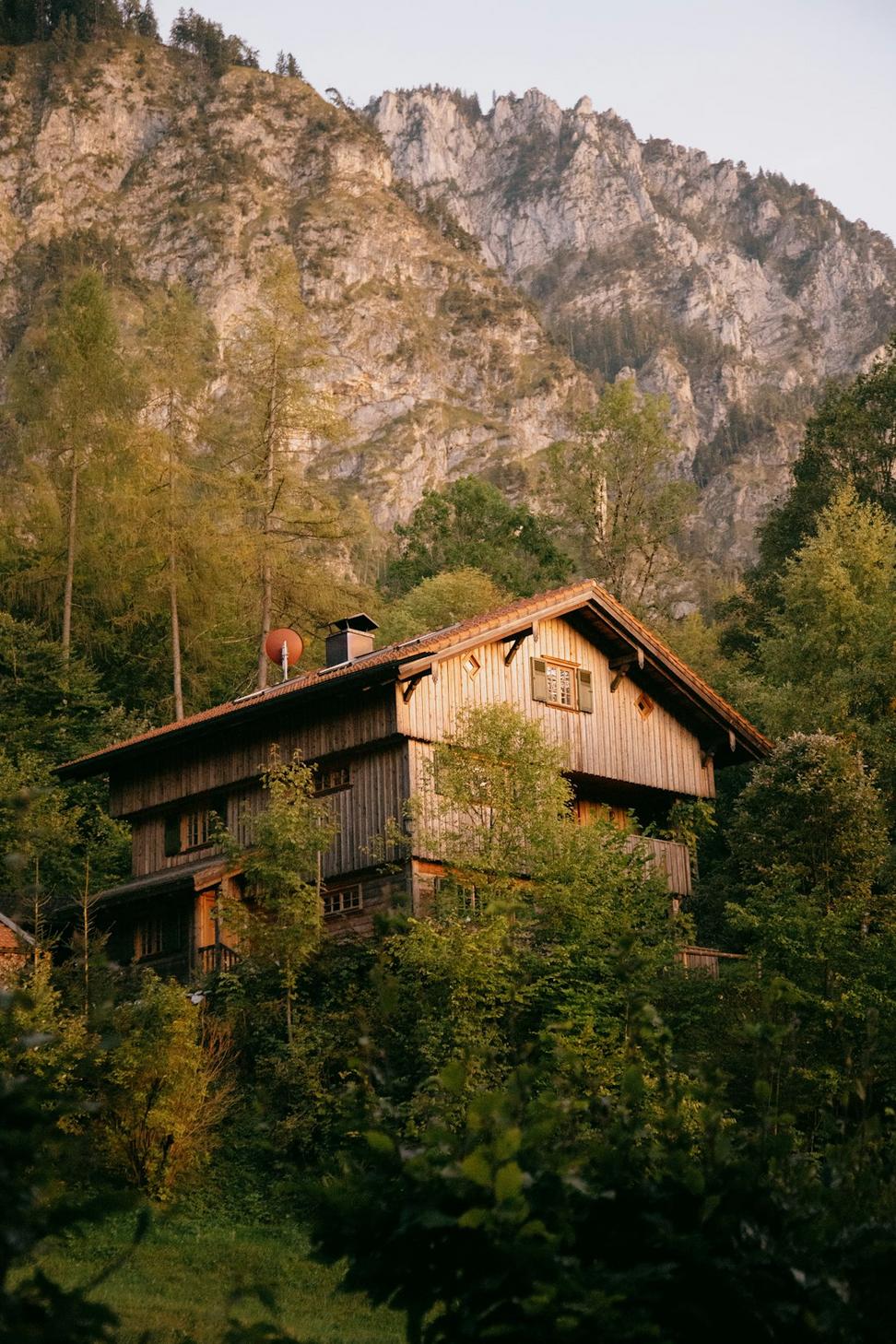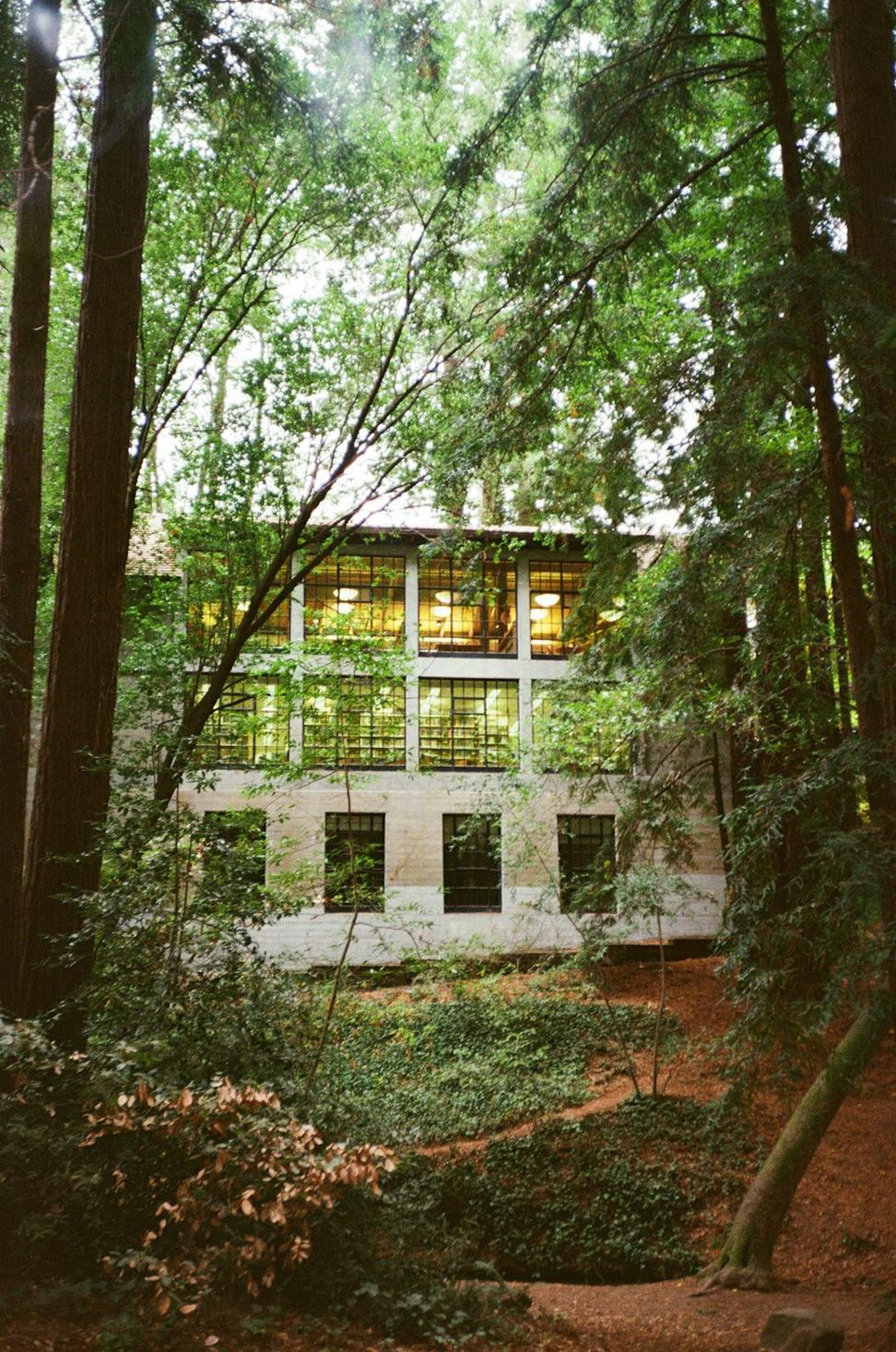
Why We're Kinda Obsessed with This
After spending 15+ years working on alpine projects, you start noticing things. Like how a poorly designed resort can wreck a watershed, or how the right window placement can cut heating costs by half. It's not rocket science, but it does take giving a damn.
We've watched climate patterns shift in the Coastal Mountains firsthand. Snow lines are changing, weather's getting weirder, and if we're gonna keep building up there, we better do it right. That means thinking about energy, water, materials, and how every decision ripples out into the ecosystem.
